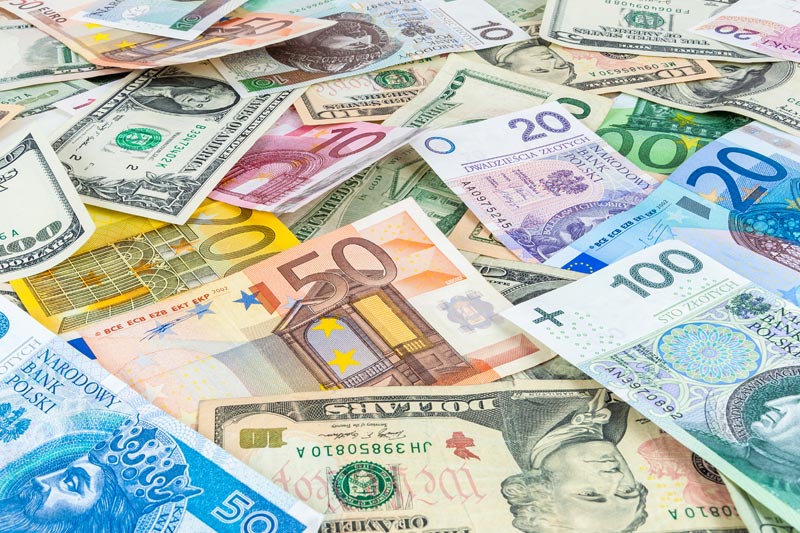Investing.com - The Australian dollar is trading lower against its U.S. rival during Friday’s Asian session as traders await the release of minutes from the Reserve Bank of Australia’s latest monetary policy meeting.
In Asian trading Friday, AUD/USD fell 0.09% to 1.0377. The pair was likely to find support at 1.0289, the session low and resistance at 1.0400, the high of February 6.
On Thursday, the pair jumped to a five-week high after official data showed that the Australian economy added 71,500 jobs in February, exceeding expectations for a 9,000 rise, after an increase of 13,000 jobs the previous month.
The report also showed that the unemployment rate in Australia remained unchanged at 5.4% last month, compared to expectations for a rise to 5.5%.
However, the Aussie would subsequently trade lower against the greenback after Assistant Governor Chris Kent said there may have been a statistical error in the jobs numbers issue by the government.
In the eyes of many traders, RBA faces a difficult balancing act. The central bank did not cut interest rates at its last meeting and bets are dwindling for a rate cut at the bank’s next meeting in early April. However, RBA has previously said it expects Australia’s unemployment rate to rise this year because of declining mining sector investment.
RBA has pared rates six times since late 2011 to the current level of 3%. Even at 3%, Australia is home to the highest benchmark interest rate in the developed world. Still, the focus is on the jobs report and with the outlook glum for Australia’s mining sector, some traders are wondering what parts of the Australian economy created jobs last month.
Elsewhere, AUD/JPY fell 0.22% to 99.60 while EUR/AUD rose 0.19% to 1.2549. AUD/NZD added 0.08% to 1.2636.
In Asian trading Friday, AUD/USD fell 0.09% to 1.0377. The pair was likely to find support at 1.0289, the session low and resistance at 1.0400, the high of February 6.
On Thursday, the pair jumped to a five-week high after official data showed that the Australian economy added 71,500 jobs in February, exceeding expectations for a 9,000 rise, after an increase of 13,000 jobs the previous month.
The report also showed that the unemployment rate in Australia remained unchanged at 5.4% last month, compared to expectations for a rise to 5.5%.
However, the Aussie would subsequently trade lower against the greenback after Assistant Governor Chris Kent said there may have been a statistical error in the jobs numbers issue by the government.
In the eyes of many traders, RBA faces a difficult balancing act. The central bank did not cut interest rates at its last meeting and bets are dwindling for a rate cut at the bank’s next meeting in early April. However, RBA has previously said it expects Australia’s unemployment rate to rise this year because of declining mining sector investment.
RBA has pared rates six times since late 2011 to the current level of 3%. Even at 3%, Australia is home to the highest benchmark interest rate in the developed world. Still, the focus is on the jobs report and with the outlook glum for Australia’s mining sector, some traders are wondering what parts of the Australian economy created jobs last month.
Elsewhere, AUD/JPY fell 0.22% to 99.60 while EUR/AUD rose 0.19% to 1.2549. AUD/NZD added 0.08% to 1.2636.
